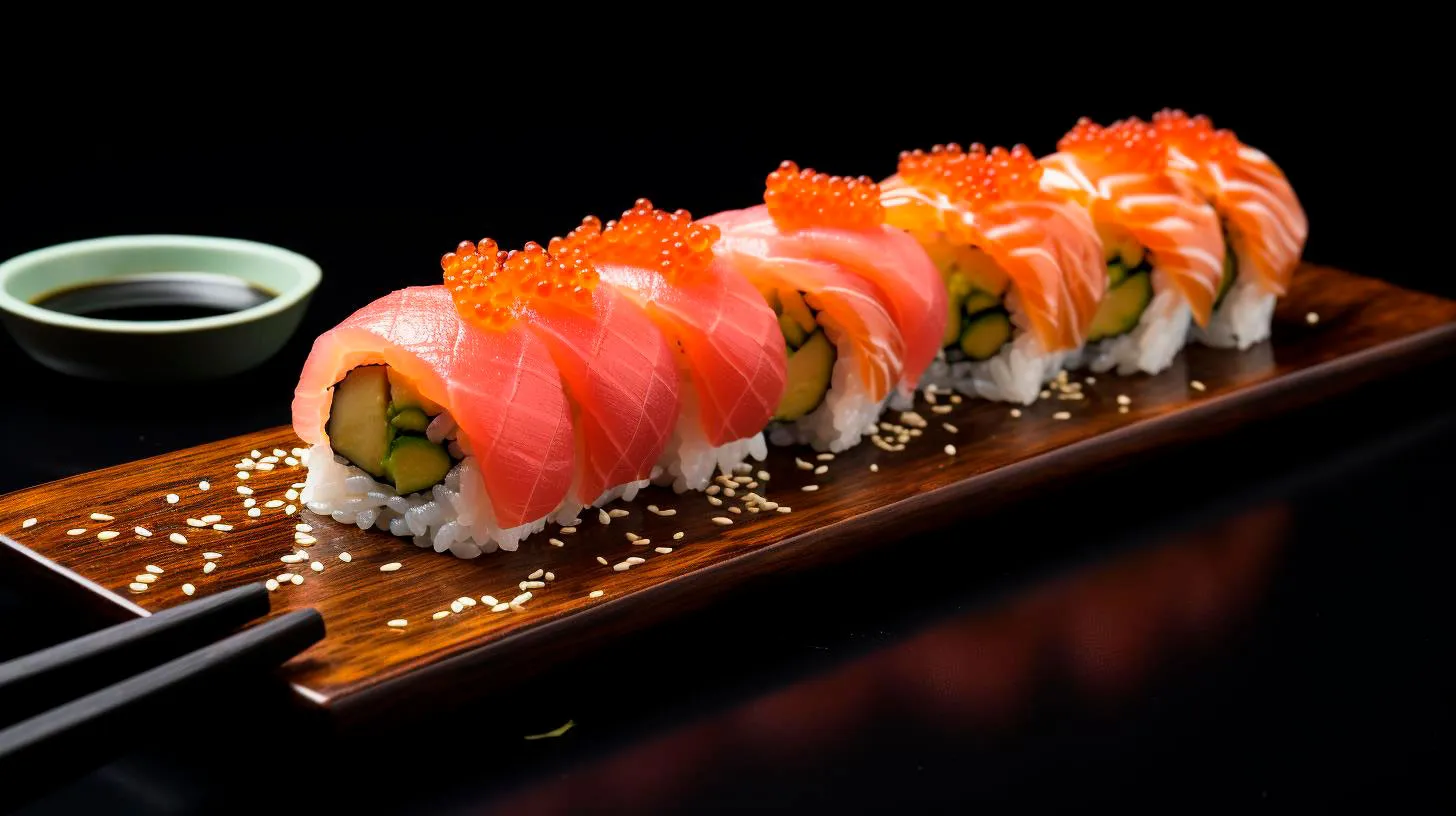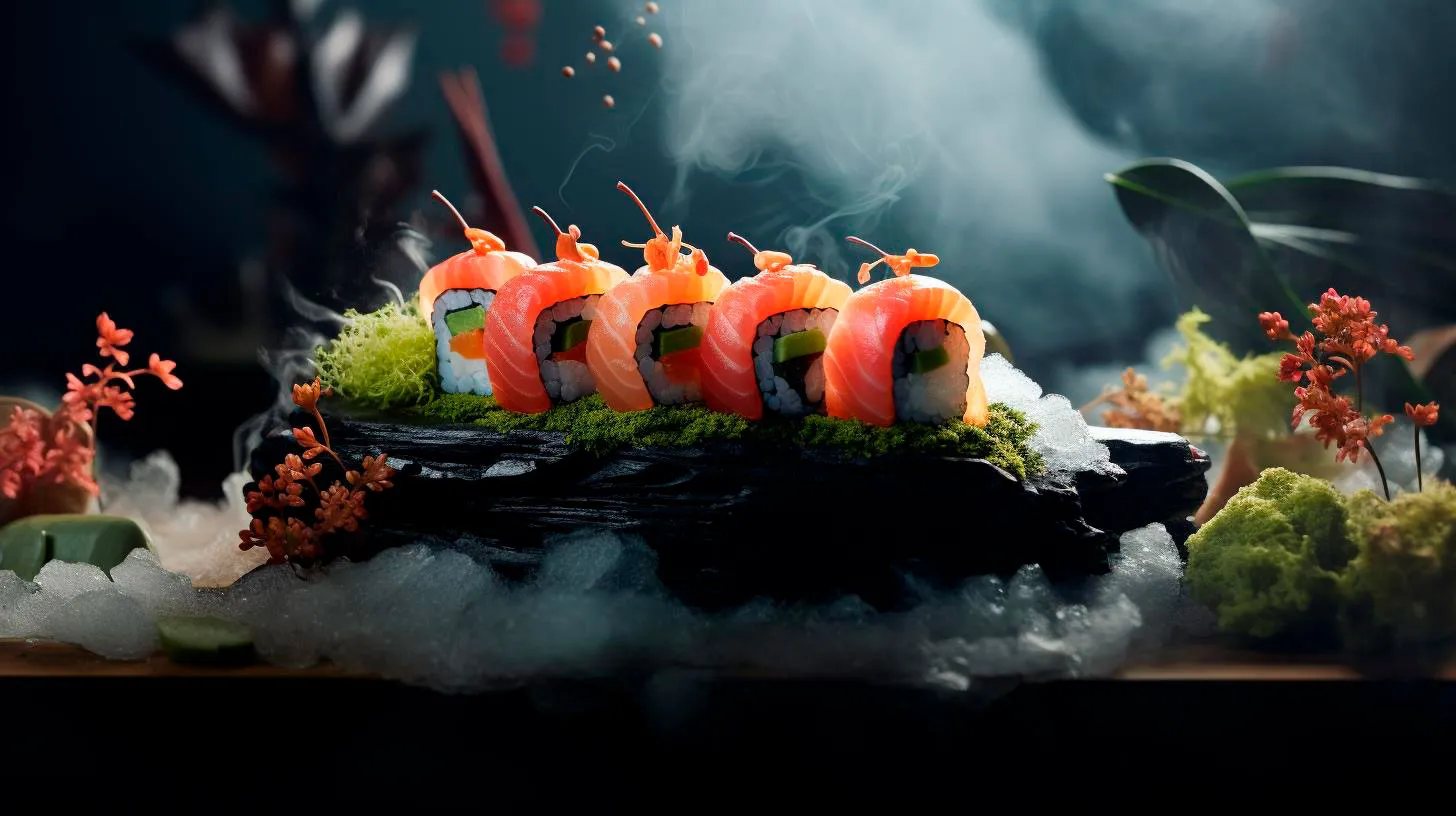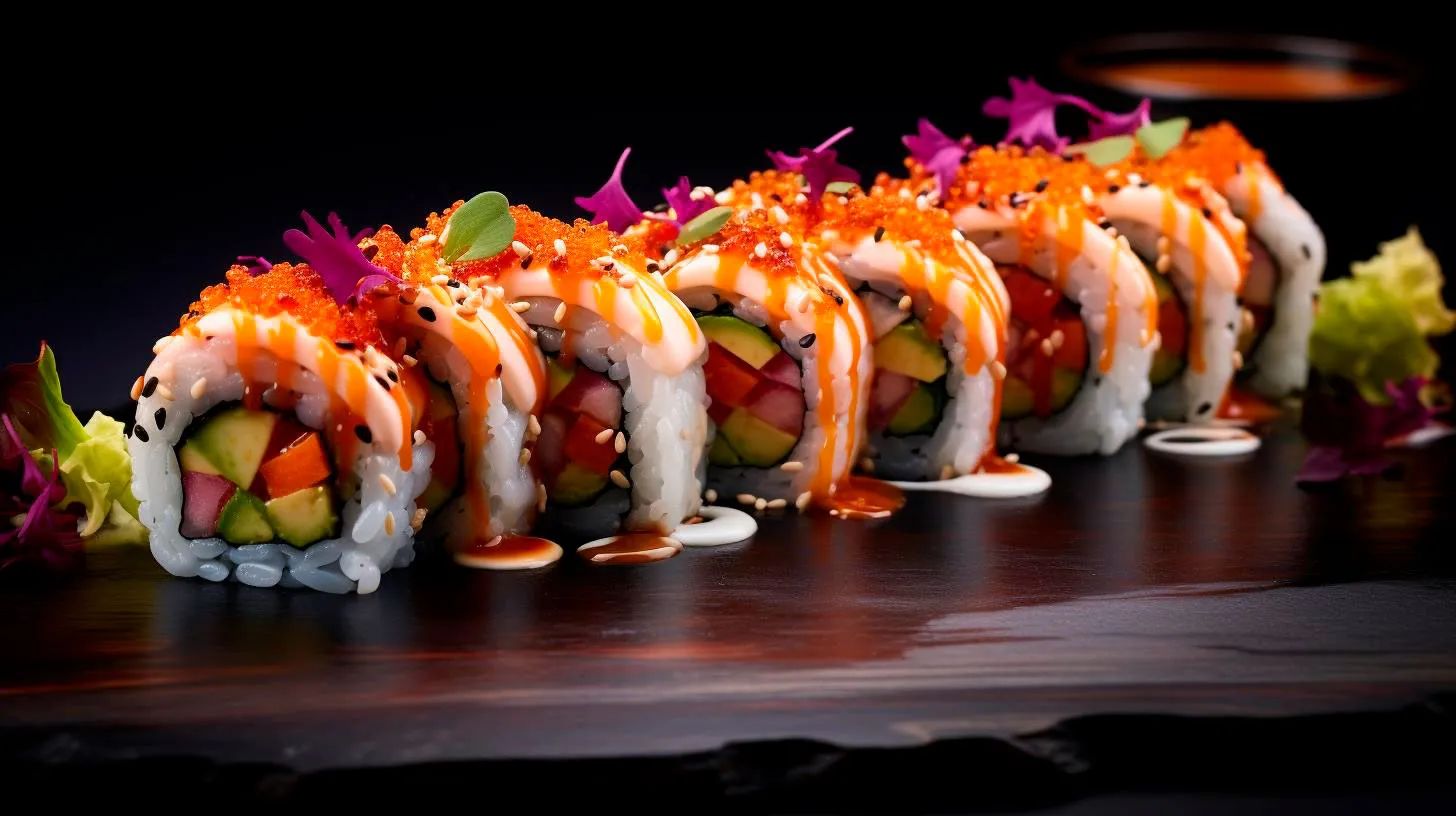From Polishing to Perfecting Rice: Quality Matters
In this article, we will delve into the importance of rice quality and highlight the key factors to consider when selecting and perfecting this staple food.
The Significance of Rice Quality
Rice is one of the most widely consumed staple foods in the world, providing sustenance to billions of people. As such, the quality of rice becomes an essential aspect to consider. Here are some reasons why rice quality matters:
- Taste and Texture: High-quality rice grains deliver a superior taste and a delightful texture, contributing to an enjoyable dining experience.
- Nutrition: Good quality rice retains more of its essential nutrients, ensuring a healthier and well-balanced diet.
- Cooking Efficiency: Quality grains cook evenly, resulting in perfectly cooked rice without any undercooked or mushy portions.
- Appearance: High-quality rice has an appealing appearance, with each grain distinct and separate.
Factors Affecting Rice Quality
Several factors impact the quality of rice, and understanding these can help you make informed choices in terms of selection, storage, and preparation. Here are some key factors to consider:
1. Variety
The choice of rice variety can greatly influence its quality. Popular varieties like Basmati, Jasmine, and Arborio are known for their excellent cooking properties, aroma, and taste. Consider your culinary preferences and the specific rice dish you are preparing when selecting the variety.
2. Polishing
Polishing is the process of removing the rice husk and bran layers to reveal the inner grain. However, excessive polishing can lead to a loss of nutrients. Opt for rice that strikes the perfect balance, retaining enough nutrients while ensuring a clean appearance.
3. Cultivation and Harvesting Practices
The cultivation and harvesting practices employed significantly impact rice quality. Factors such as water quality, soil fertility, and the judicious use of fertilizers and pesticides all play a role in determining the final product. Look for rice produced through sustainable farming practices for higher quality assurance.
4. Moisture Content
The moisture content in rice affects its texture and storability. Rice with adequate moisture content tends to be fluffier when cooked. On the other hand, excess moisture can lead to mold growth and spoilage. Proper storage in moisture-controlled environments is crucial for preserving quality.
Ensuring Rice Quality
To enjoy the best quality rice, consider the following guidelines:
- Buy from Reputable Brands: Choose rice brands that have a reputation for delivering consistent quality.
- Check Packaging: Ensure the packaging is intact, and the rice is free from any moisture or pests.
- Inspect Grains: Take a close look at the grains; they should be uniform in size, color, and shape.
- Store Correctly: Keep rice in a cool, dry place, away from direct sunlight and strong odors.
- Follow Ideal Cooking Methods: Use appropriate water-to-rice ratios and cooking times specified for each rice variety.
Key Takeaways
Ensuring rice quality is essential for a delightful culinary experience. Remember the following key takeaways:
- High-quality rice enhances taste, texture, and appearance.
- Factors such as variety, polishing, cultivation practices, and moisture content contribute to rice quality.
- Choose reputable brands, inspect packaging and grains, and store rice correctly.
- Follow ideal cooking methods for each rice variety.
By paying attention to rice quality and following the guidelines mentioned, you can elevate your cooking and truly enjoy the humble but important ingredient that rice is. So, the next time you prepare rice, remember that quality matters in every grain.
Unlocking the Secrets of Rice Texture
In this article, we will explore the secrets to unlocking the desired rice texture and provide you with tips to elevate your culinary skills.
The Importance of Rice Texture
Rice texture plays a crucial role in the overall dining experience. Whether you prefer fluffy grains or a stickier consistency, the texture can impact the taste and presentation of your dishes. Here are some reasons why it is important to master the art of rice texture:
- Enhances flavor absorption: The texture of rice affects how well it absorbs flavors from other ingredients, such as sauces and spices.
- Affects dish presentation: The way rice holds its shape can greatly impact the visual appeal of your dish.
- Impacts mouthfeel: The texture of rice determines the mouthfeel, influencing the overall satisfaction of each bite.
Unlocking the Secrets
Now that we understand the significance of rice texture, let’s delve into the secrets of achieving the perfect texture:
1. Rice Varieties Matter
The type of rice you choose can greatly affect its texture. Here are a few popular rice varieties and their textures:
- Basmati: Known for its long grains, Basmati rice cooks up fluffy and separate, making it ideal for pilafs and biryanis.
- Arborio: This short-grain rice has a high starch content, giving it a creamy and sticky texture when cooked. Perfect for creamy risottos.
- Jasmine: Jasmine rice is slightly sticky, providing a delicate and soft texture. It is commonly used in Asian cuisine.
2. Rinse the Rice
Before cooking, it is essential to rinse your rice thoroughly to remove excess starch. This will prevent clumping and result in lighter, fluffier grains. Rinse the rice under cold water until the water runs clear.
3. Perfect Water-to-Rice Ratio
Getting the water-to-rice ratio right is crucial for achieving the desired texture. As a general rule, use a 1:2 ratio (one cup of rice to two cups of water) for long-grain rice and a 1:1.5 ratio for short-grain rice. Adjust the ratio according to your preferred texture.
4. Cooking Techniques
The way you cook the rice can also influence its texture. Here are a few techniques to consider:
- Boiling: For fluffy and separate grains, boil rice in an uncovered pot. This method allows excess moisture to escape.
- Simmering: Simmering rice in a covered pot with just the right amount of liquid can result in a stickier texture, perfect for dishes like sushi.
- Steaming: Steaming rice preserves its natural moisture, resulting in a light and fluffy texture.
5. Resting Time
Allowing the cooked rice to rest for a few minutes before fluffing it with a fork can significantly enhance its texture. This resting period allows the moisture to distribute evenly, resulting in more consistent grains.
Key Takeaways
Unlocking the secrets of rice texture can elevate your cooking skills and enhance your dishes. Here are the key takeaways from this article:
- Rice texture impacts flavor absorption, dish presentation, and mouthfeel.
- Choose the appropriate rice variety for your desired texture.
- Rinse the rice before cooking to remove excess starch.
- Get the water-to-rice ratio right for the perfect texture.
- Experiment with different cooking techniques to achieve desired results.
- Allow cooked rice to rest before serving for consistent grains.
Mastering rice texture is an essential skill for any home cook. By understanding the secrets and implementing the tips provided in this article, you can create rice dishes that are not only delicious but also visually appealing. Explore the world of rice textures and elevate your culinary creations today!
The Chemistry of Rice and Vinegar Reactions
Let’s dig in!
The Science Behind Rice and Vinegar Reactions
When rice and vinegar combine, a chemical reaction takes place that is influenced by the presence of acetic acid in vinegar. Acetic acid is a weak acid that is typically found in vinegar and is responsible for its sour taste.
As the rice absorbs the acetic acid from the vinegar, certain reactions occur at a molecular level. One reaction that takes place is the hydrolysis of carbohydrates present in rice, such as starch, into simpler sugars like glucose. This process is facilitated by the acidic environment created by the acetic acid in vinegar.
Additionally, another reaction called esterification occurs in the presence of acetic acid and ethanol present in vinegar. This reaction results in the formation of esters, which contribute to the characteristic aroma and flavor of vinegar.
Applications and Benefits
The chemistry behind rice and vinegar reactions has various applications and benefits in different fields. Here are some key takeaways:
- Cooking: Rice vinegar is commonly used in Asian cuisine to add a unique flavor to dishes. Understanding the chemistry behind rice and vinegar reactions can help enhance culinary experiences by exploring the science of taste and flavor.
- Food Preservation: The acidity of vinegar, primarily due to acetic acid, makes it an effective preservative. Pickling vegetables and fruits in vinegar helps prevent the growth of harmful bacteria and prolongs their shelf life, thanks to the chemical reactions involved.
- Cleaning and Disinfection: Vinegar’s acidic nature and the chemical reactions it triggers make it a versatile cleaning agent. It can be used to remove stains, disinfect surfaces, and even unclog drains, offering an eco-friendly alternative to harsh chemical cleaners.
- Education and Research: Studying rice and vinegar reactions provides valuable insights into the broader field of chemical reactions. It allows researchers and educators to explore the principles of acid-base chemistry, hydrolysis, and esterification, thus expanding our knowledge in the scientific community.
Key Takeaways
As we wrap up this exploration of the chemistry of rice and vinegar reactions, let’s recap some key points:
- Rice and vinegar reactions involve the presence of acetic acid, a weak acid found in vinegar.
- Hydrolysis of carbohydrates and esterification reactions occur when rice and vinegar combine.
- Understanding these reactions enhances culinary experiences, aids in food preservation, offers eco-friendly cleaning solutions, and contributes to scientific research.
By unraveling the science behind everyday phenomena like rice and vinegar reactions, we gain a deeper appreciation for the world around us. Stay tuned to my tech blog for more intriguing insights into the wonderful world of chemistry and its fascinating applications!



